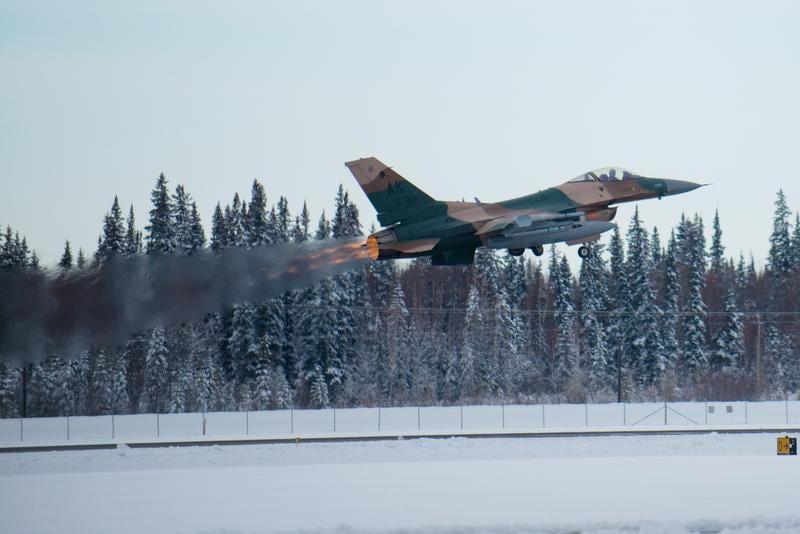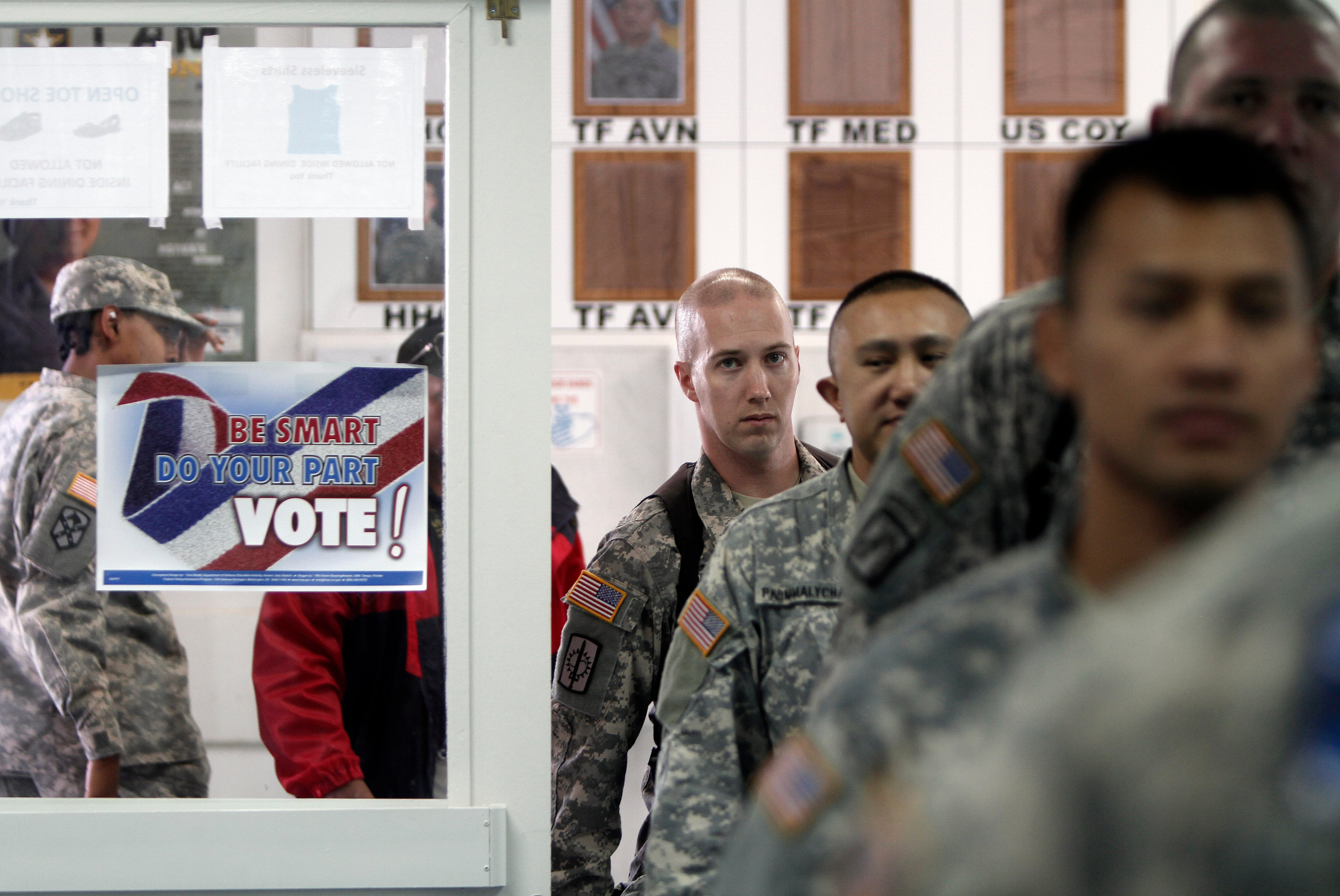Seems like everyone is trying to do more with less these days.
Now even workouts are getting trimmed down to bare bones. But it turns out that may be a good thing.
A simple, fast, high-intensity workout — finished in as little as seven minutes — will produce many of the same benefits as a good run and trip to the weight room, a recent study published in the American College of Sports Medicine's Health & Fitness Journal concludes.
Using 12 rapid-fire exercises tapping only body weight, a chair and a wall, experts at the Human Performance Institute in Orlando, Fla., say athletes can shed body fat, build muscle, amp up VO2 max and decrease insulin resistance.
"Traditionally, resistance training often is performed separately from aerobic training — typically on two or three nonconsecutive days each week," the authors say. "Our approach combines aerobic and resistance training into a single exercise bout lasting approximately seven minutes." Each exercise is done for 30 seconds with only 10 seconds of rest between each set.
Published in May, that study has spawned a seven-minute workout craze of sorts.
A new app "inspired by" the study has garnered more than 500,000 downloads on iOS alone since launching this summer. Dr. Oz was quick to post his own seven-minute morning workout which "I do all the time to keep me firm and in the best shape I can be."
The findings are no surprise to former Air Force special ops trainer Mark Lauren. Author of the best-selling workout book "You Are Your Own Gym," Lauren has been touting the benefits of quick, intense bursts of exercise for years. His new DVD set, a companion to the book, includes a slew of workouts that are all 10 to 20 minutes long.
"There's nothing magic about seven minutes, but you can definitely pack a great workout into that time," Lauren says.
There is a kind of magic, however, that comes with keeping your heart rate up while also seriously taxing your muscles.
"That's when you start to see the metabolic afterburn," Lauren says. "When you do these workouts that require both strength and endurance at the same time, there's a lot more adaptation going on. Your body isn't just trying to adapt to an aerobic workout. It's also trying to adapt to strength demands which require more muscles, more bone density, and joint strength. So these high intensity workouts burn more calories than usual, often for more than two days afterward."
Lauren prefers this kind of training because it more closely mirrors the demands of real life.
"Anytime you do something that's really challenging, it's not going to be purely aerobic or purely strength-based. It's always going be a combination.
The key to developing both strength and endurance at the same time using quick-hit workouts is doing "big compound exercises where you're using a lot of muscles at the same time," Lauren says.
"And you have to keep the rest intervals short enough so that it's not just purely strength-based. You want to keep your heart rate up so that it's a cardio workout as well."
For those who want to focus more on building strength or on endurance, just change up that work-to-rest ratio, he says.
If you want to build strength, keep the work intervals shorter and the rest intervals longer. If you want to focus on endurance, do the opposite, with longer exercise periods and shorter rest intervals.
The tabata format, popular in many CrossFit gyms, is more on the endurance side because of its work-to-rest ratio.
"Some people stick to the tabata ratio of 20 seconds on, 10 seconds off ... religiously. But it could just as easily be 45 seconds on, 15 seconds off," Lauren said.
OFFduty asked Lauren to take a look at the seven-minute, 12-exercise workout in the Human Performance Institute study and to tailor it to a typical service member. Here's what he came up with:
While maintaining good form, do as many reps as you can of each exercise for 30 seconds, with 10 seconds of rest between exercises.
1. Pushups
2. Situps with arms crossed against chest
3. Squats
4. Burpees
5. Fast swimmers: Lie face down on your stomach with arms extended out front. Alternate sides raising both arm and leg. "This is a good postural exercise, forcing you to extend the spine," Lauren says.
6. Modified mountain climbers: Starting in a pushup position, raise your right knee to your left elbow. Return to the starting position and do left knee to right elbow. Repeat. "This is a a great total body workout that uses the same muscles used in pushups and situps," Lauren says.
7. Side lunges: Standing with feet parallel about hip-width apart, step your right foot out to your right. Shift your weight to your right side, bending at your knee until your shinbone is vertical to the floor and your hips are pushed back. Return to starting position and repeat on the other side.
8. Air plunges: "This is a short movement, but a powerful exercise," Lauren says. Lie down on your back with legs straight up, bending at the hips, and arms to the side. Push your hips up into the air and then lower down to the ground. "It's just a few inches, but you'll feel it working your triceps and rear delts."
9. Pointers: Start on hands and knees. At the same time extend your right arm and left leg straight out. Pause at the top, holding hips parallel, then return. Repeat on the other side. "That's another great postural exercise that offsets all the pushing and crunching exercises," Lauren says.
10. Side jumps: Also called ski jumps, just jump from side to side with knees together as if you were carving it up on the slopes. Wear a backpack to increase difficulty.
11. Seated dip: With your back up against a chair, hands up on the seat and knees bent in front of you, lower your hips to the ground. "You can make it harder by straightening your legs out in front of you," Lauren says. If you really want to feel the burn, prop your feet up on another chair in front of you.
12. Four count: Also known as the squat thrust, this is just the beginning of a burpee, but with no pushup or jump.
Jon Anderson is a staff writer for OFFduty. Contact him at jona@militarytimes.com.




